Visual notes from the Tavera Hospital
Also known as San Juan Bautista Hospitalby the dedication to which it is dedicated, u Outside HospitalThe large rooms and infirmaries are now an important part of the vast cultural and educational continent which houses three institutions: the Casa Ducal de Medinaceli Foundation, owner and its museum; a school of the Daughters of Charitycalled by the Duke of Medinaceli at the end of the 19th century, and the Historical Archive of the NobilityIn 1989, a complete wing of the building was ceded to the Ministry of Culture in order to house the documentary collections of the Spanish nobility.
Below, we show you some of the spaces that the Ducal House of Medinaceli Foundation keeps open to the public within this enormous complex.
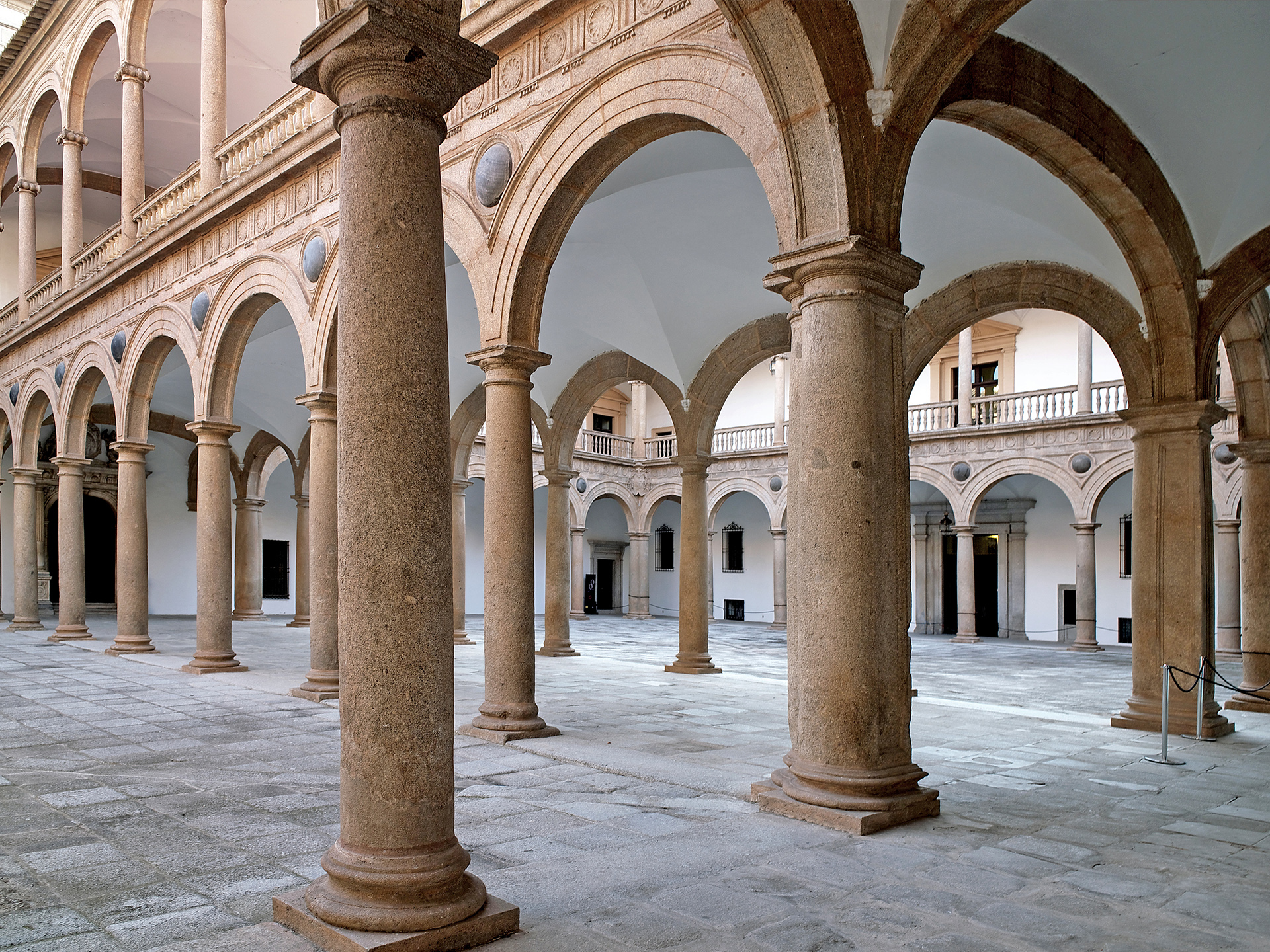
The twin courtyards
The central gallery, which leads from the vestibule to the church-pantheon, divides the space into two impressive twin courtyards generating a superb spatial richness, so that, seen from different angles, the juxtaposition of arches and columns, the views and vanishing points multiply in an extraordinary play of perspectives, proportions and symmetries.
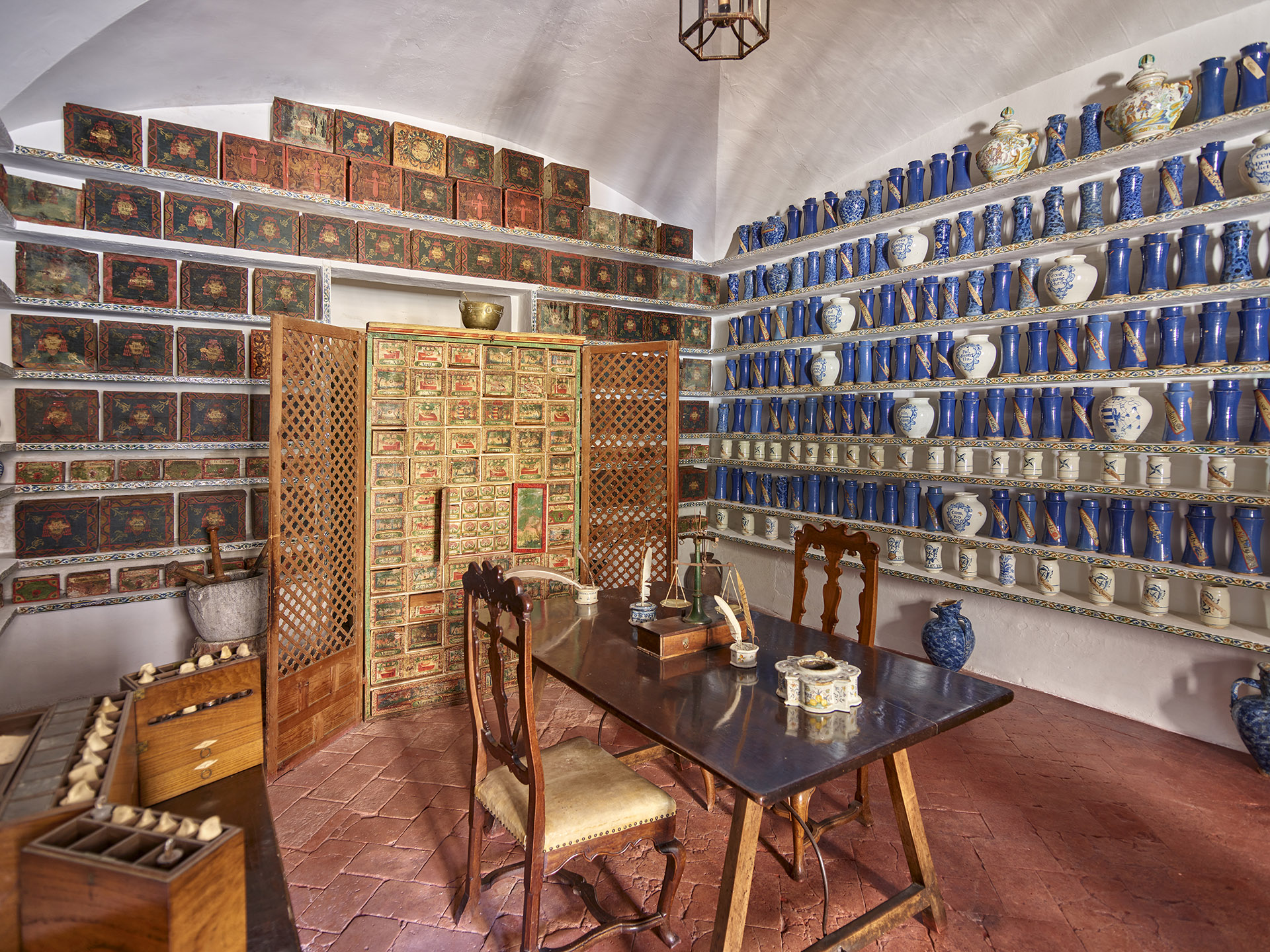
The Hospital Pharmacy
Authentic and unique survival of the primitive hospital function, it is the the only room in the complex that retains the same function given to it by Alonso de Covarrubias in its 1540-41 plans and is still equipped with all the instruments of a hospital pharmacy, as if the apothecary had just given up his duties.

The Hospital Chapel
With a primary role as sepulchral temple of the founder of the institution, the Cardinal Juan Pardo Taveraafter different projects, Hernán González de Lara y Nicolás de VergaraThey ended up building a church which, in terms of proportions and ornamentation, reflects the renaissance tradition toledana and the contemporary escurialense innovation by Juan de Herrera.
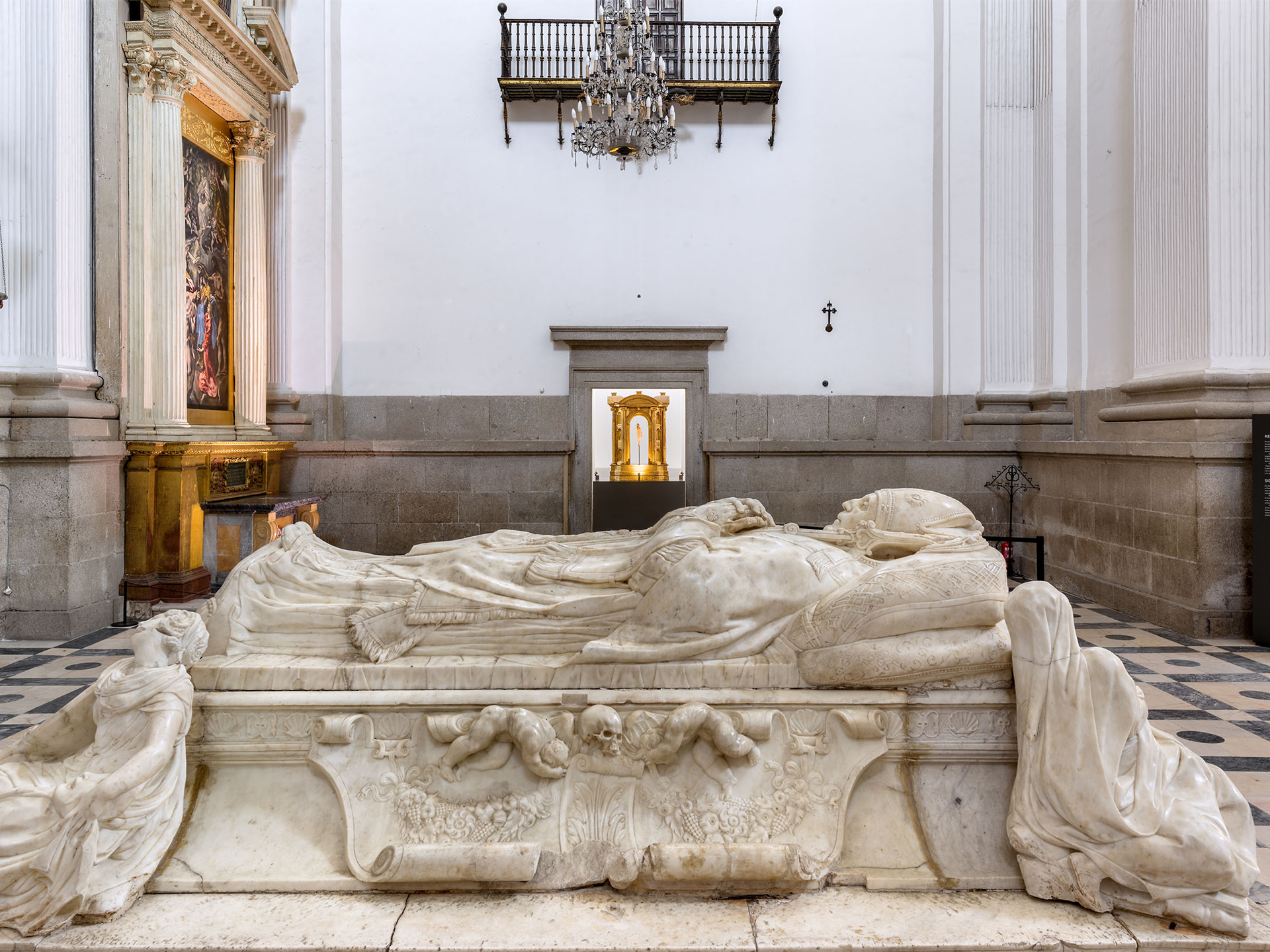
The tomb of Cardinal Tavera
Carved in Carrara marble, this Alonso Berruguete's last work was commissioned, according to a contract in which the funerary monument of Cardinal Cisneros was proposed as a model, in 1552 and completed in 1561, shortly before the author's death in the clock tower of the Hospital itself.

The altarpieces of El Greco
They were commissioned to Greco in 1608 by his friend Don Pedro Salazar de MendozaHe was the Hospital administrator, in accordance with an iconography that revolved around baptism and penance, with the aim of conveying to the sick the idea of salvation through the sacraments. He only completed the two side panels, the work being continued by his son Jorge Manuel.
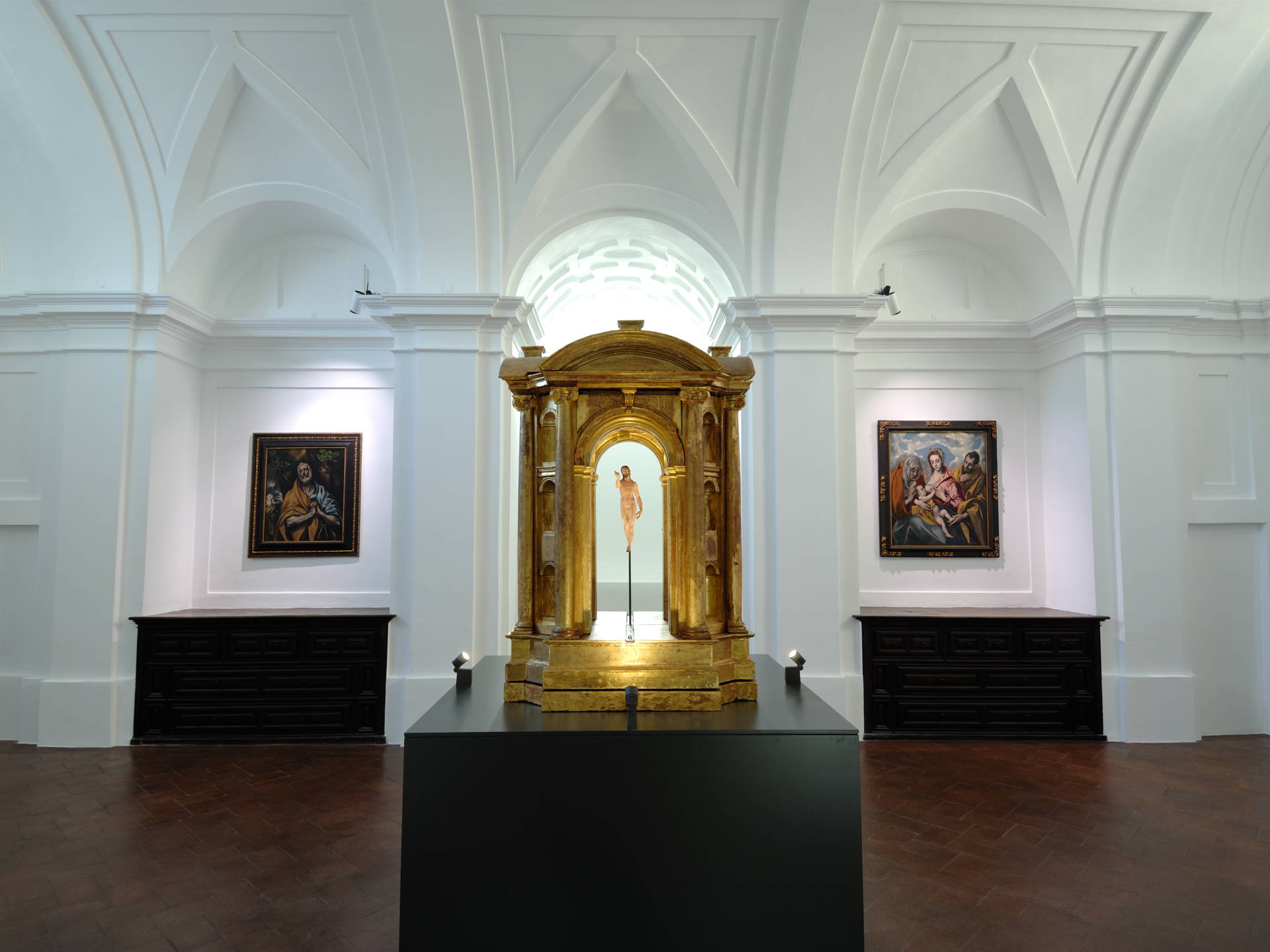
The Sacristy
Work by Nicolás de Vergara el Mozoto whom also the Church's risings are indebted, in her the echoes of the Escorial can be heard by reducing classical architecture to its essence: sobriety and proportional coherence. Today it exhibits the pictorial and sculptural works by El Greco that the hospital retains.

The burial crypt
The transept of the church rests on this crypt with a centralised floor plan, built by Hernán González de Laraconceived as pantheon of the hospital's patrons, the Marquises of Malagón, nowadays of the House of Medinaceli. The geometric perfection of its vault produces an acoustic reverberation that surprises the visitor.
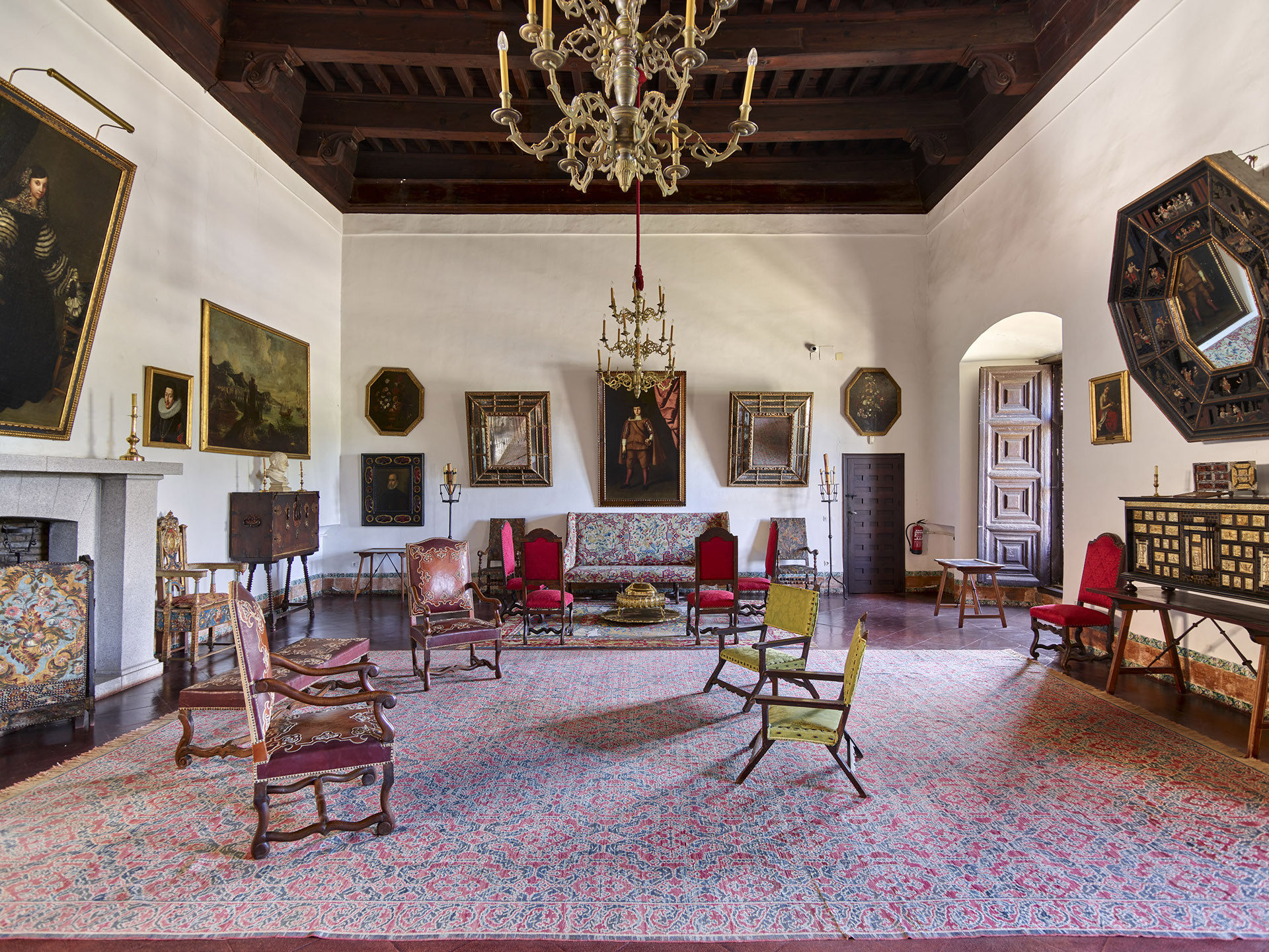
The museum
A wing of the former infirmaries now houses a museum which, in a palatial atmosphere, reconstructs the largest preserved portion of the primitive collection of paintings, furniture and decorative arts of the Dukes of MedinaceliThe Foundation aims to reverse this process, which began to divide and disperse at the beginning of the 20th century.
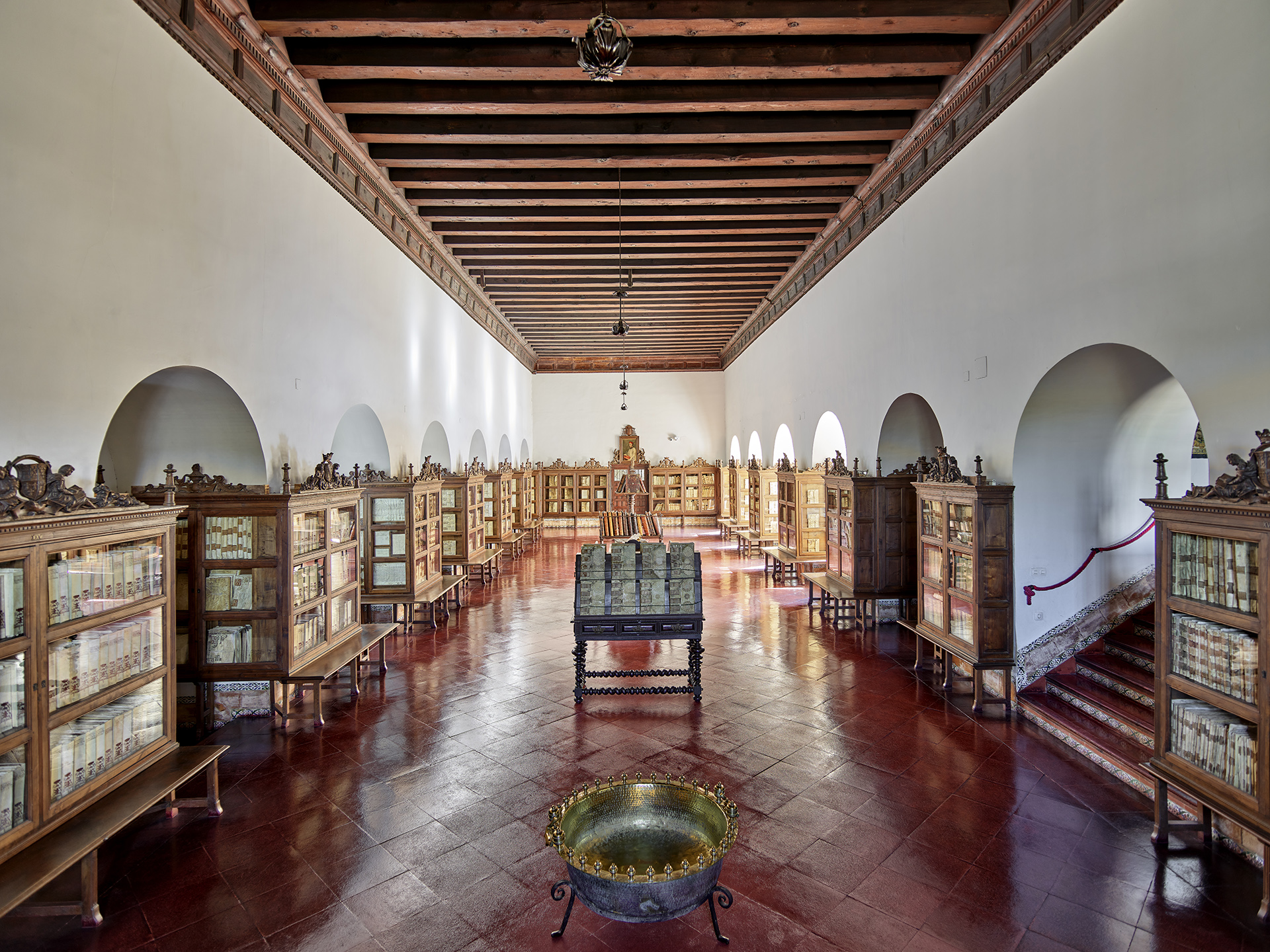
The archive of the Tavera Hospital
It houses the documentation relating to the functioning of this hospital institution throughout its almost 400 years of existence. Remarkable not only for its contents, but also for the container, both for the room that houses them and for the magnificent leather bindings decorated with Mudejar motifs.
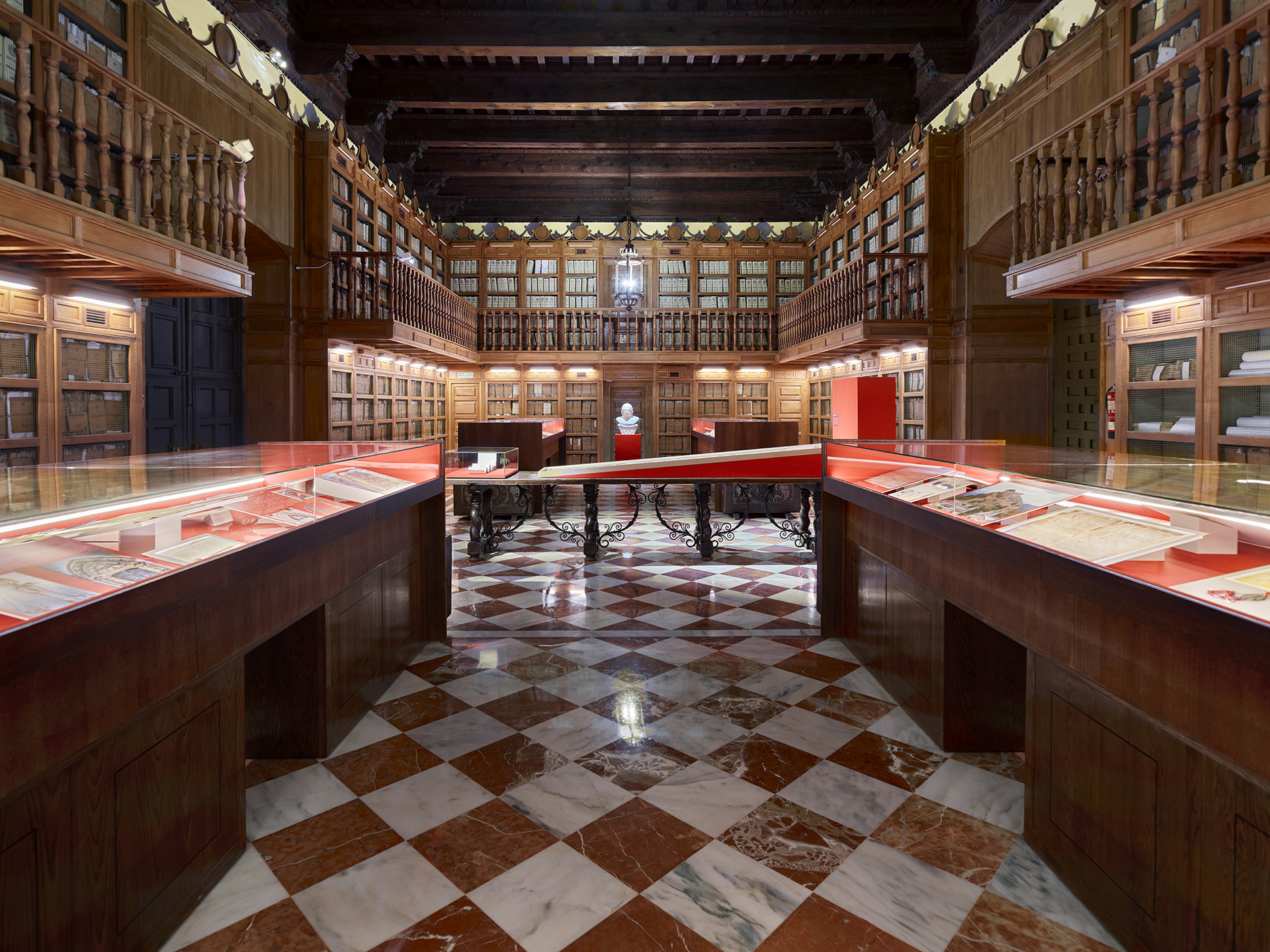
The Ducal Archive of Medinaceli
The former accounting office of the Hospital now houses the Archive of the Ducal House of Medinaceli, an impressive collection of documents whose first document dates back to 854It is therefore the European private archive with the longest time span.
